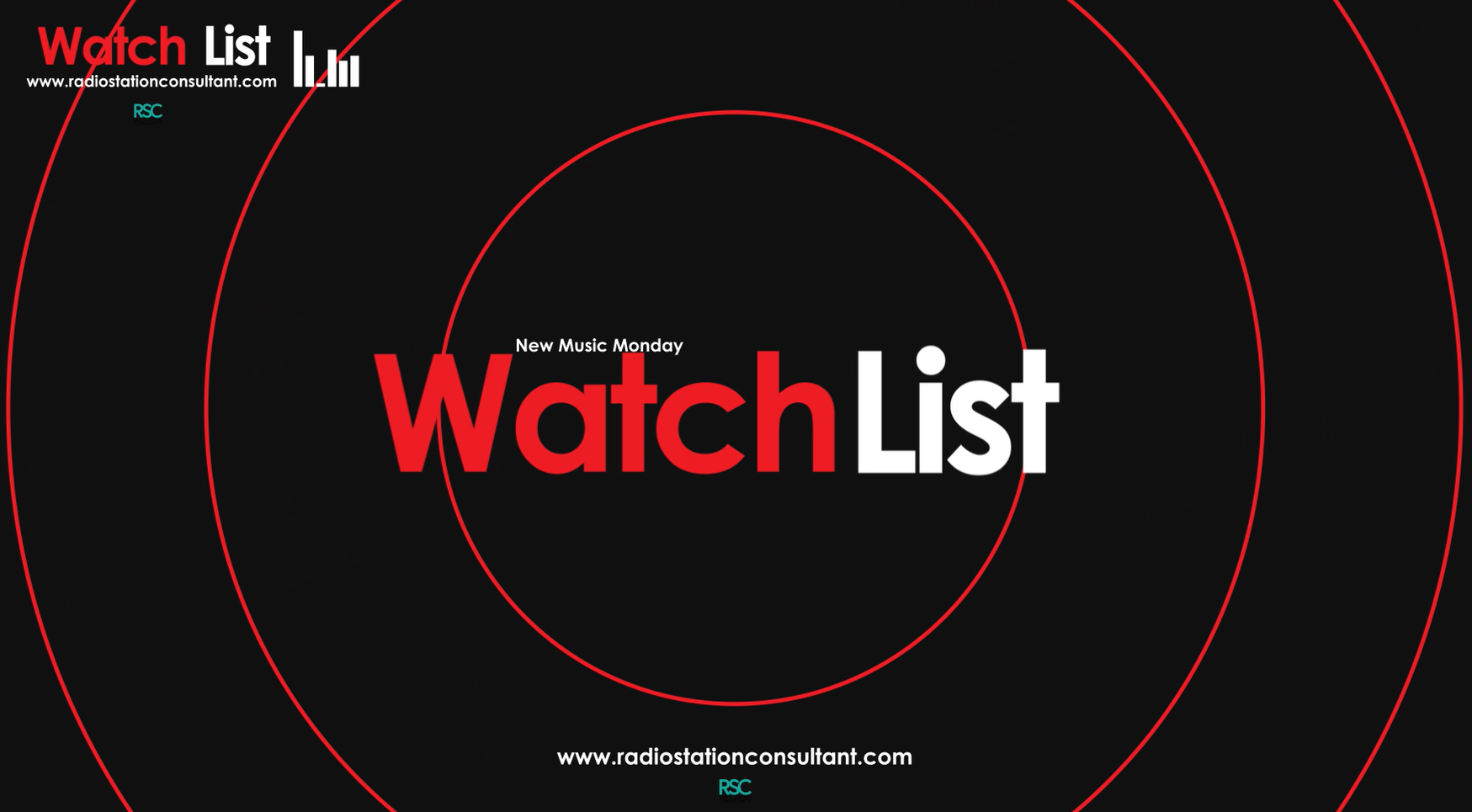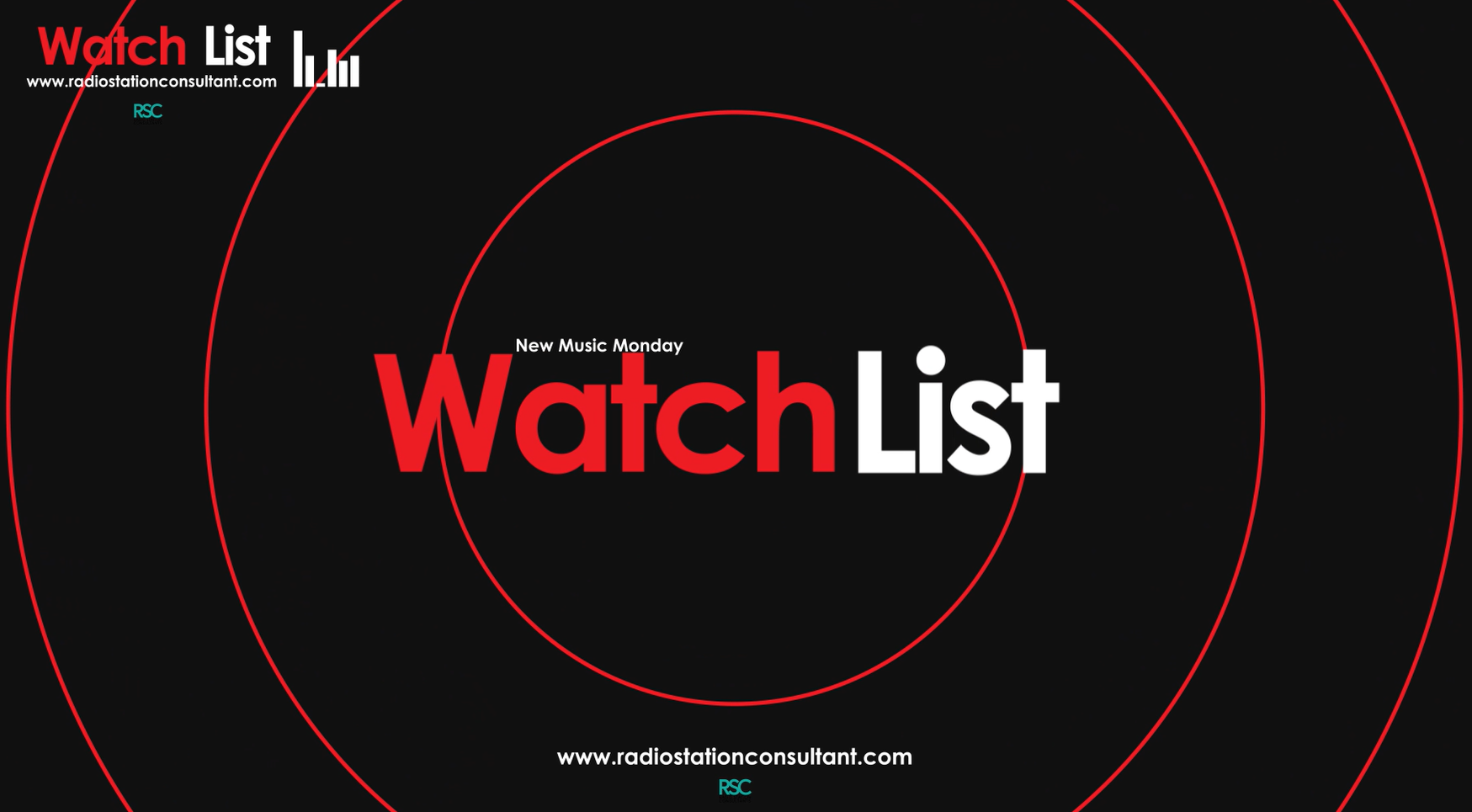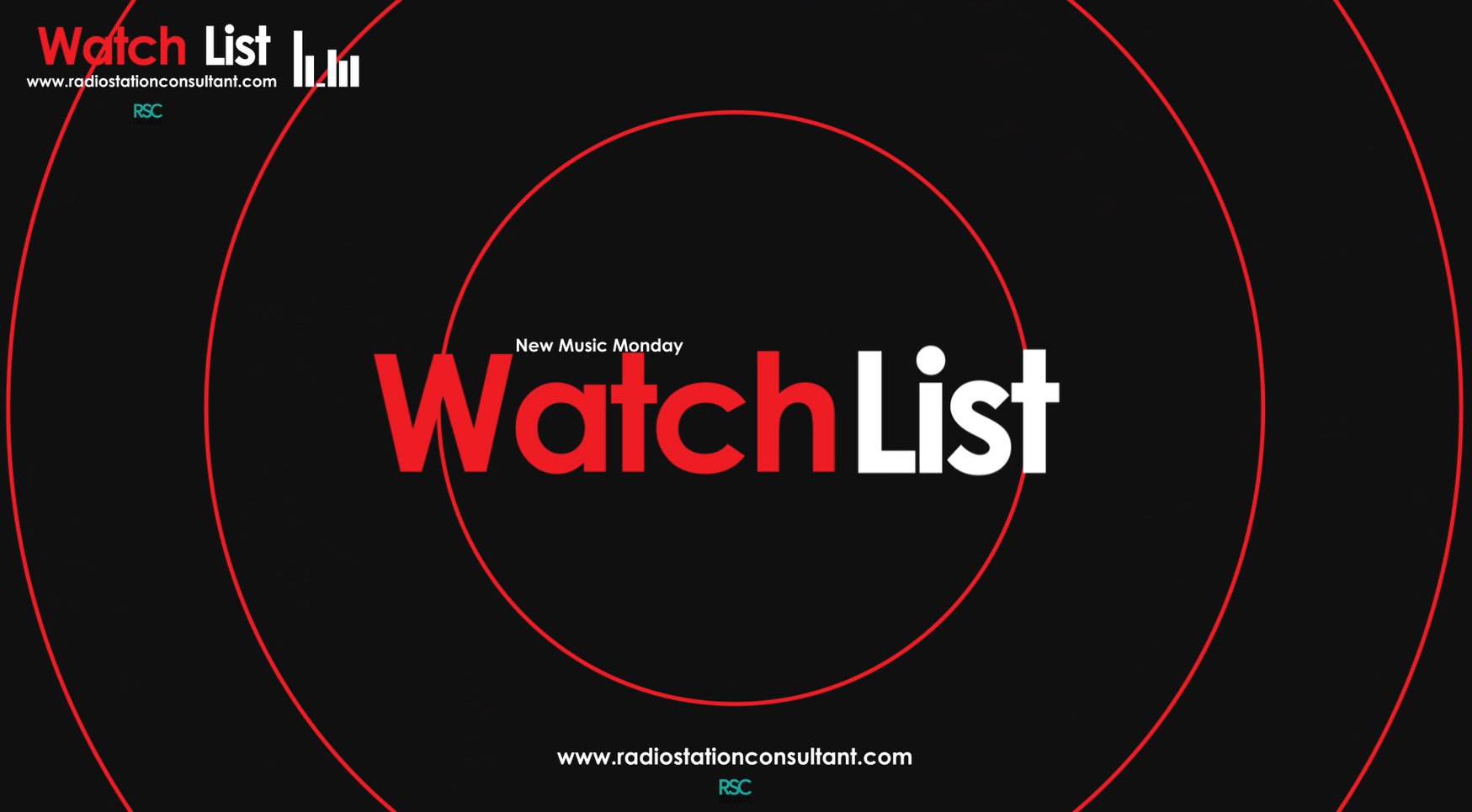When we coach talents on improving their connection with listeners, we discuss the need for being topical. What’s trending for the audience? Our news cycle changes daily, and some days, it’s hourly, as seen by the cable news coverage of the national political scene and crime stories. When observing social media sites like Facebook and Twitter, trends change rapidly.
 Programmers today are challenged by the trend of shrinking morning shows from multiple team members to solo air talents or syndicated shows, from live daytime shows to voice-tracked out-of-market talents.
Programmers today are challenged by the trend of shrinking morning shows from multiple team members to solo air talents or syndicated shows, from live daytime shows to voice-tracked out-of-market talents.
One of radio’s key benefits is the ability to react swiftly to current events. Top-of-mind mirroring makes radio the go-to medium when listeners want to be in the know, especially during major events in local communities. Talents perform best when they have a local orientation. Yet often we see some air talents lose the local focus and use an Almanac, “This Day In History,” “Stupid Criminal” stories, and Celebrity Birthdays (mentioning celebrities whom the target audience may have no connection with and may be unfamiliar to the core listener).
Air talents must be aware of their target audience to show prep what’s on the target’s mind. Engaging a listener is difficult if you are discussing a subject that is not on their mind. It’s best to engage them with a subject that is “top of mind” or, in our digital era, their “desktop.” The listener wants relatable topics.
The keys to mining your listener’s desktop:
- Who is your target? Age range, gender, employment, family unit, education, etc.

- What social media sites do they use? Snapchat, Twitter, Facebook, Instagram, Pinterest, YouTube, etc.
- What television cable channels do they watch?
- What magazines or websites do they visit?
- Can you get feedback from your station’s database?
- If your station does call-out research, include a question regarding their likes.
- If your station has a listener advisory board, include questions that dwell on the listener’s desktop.
- Actively seek feedback at station promotions and at community events.
Once you derive more information regarding your target audience’s desktop, develop content that appeals to what is important to them. It will heighten your opportunity for engagement with them instead of using non-desktop content like the dreaded “On this day in history.”
Pic designed by Freepik.com.
John Lund is President of the Lund Media Group, a radio programming consulting firm with specialists in all mainstream radio formats. Did you find this article useful? You can leave a comment below or email John at John@Lundradio.com.













